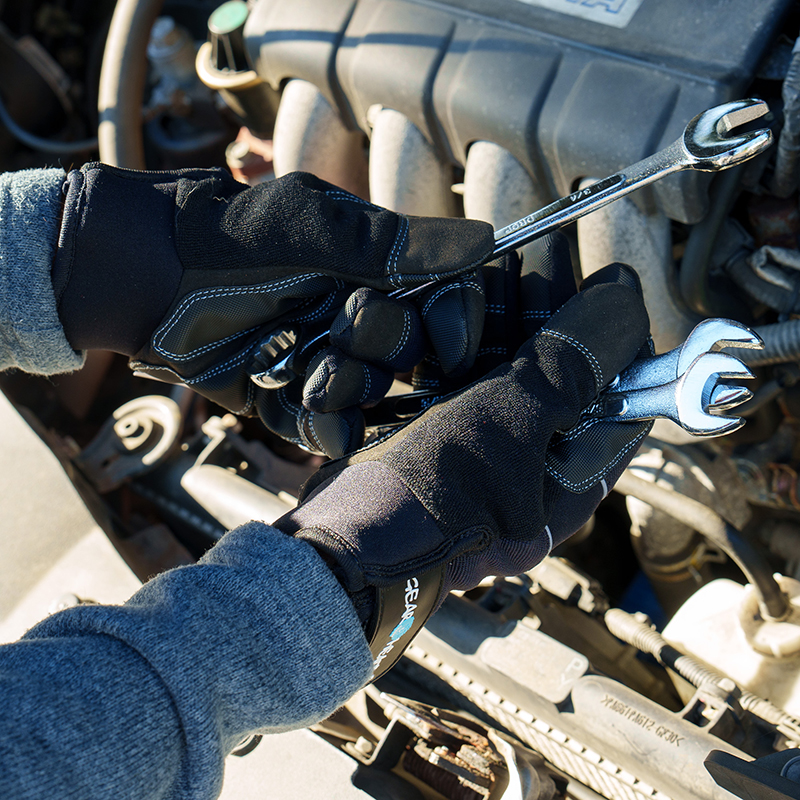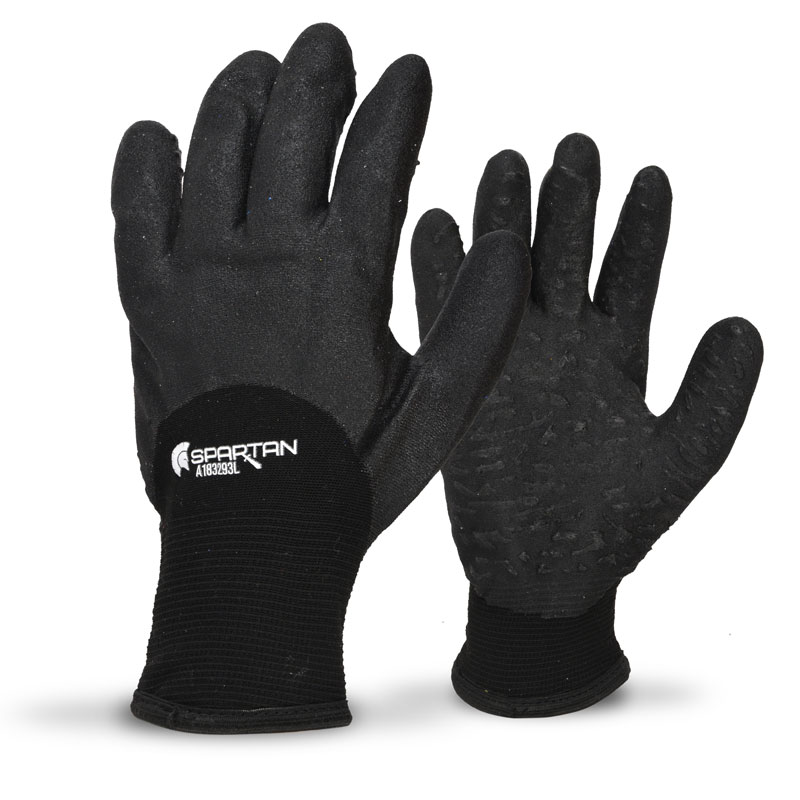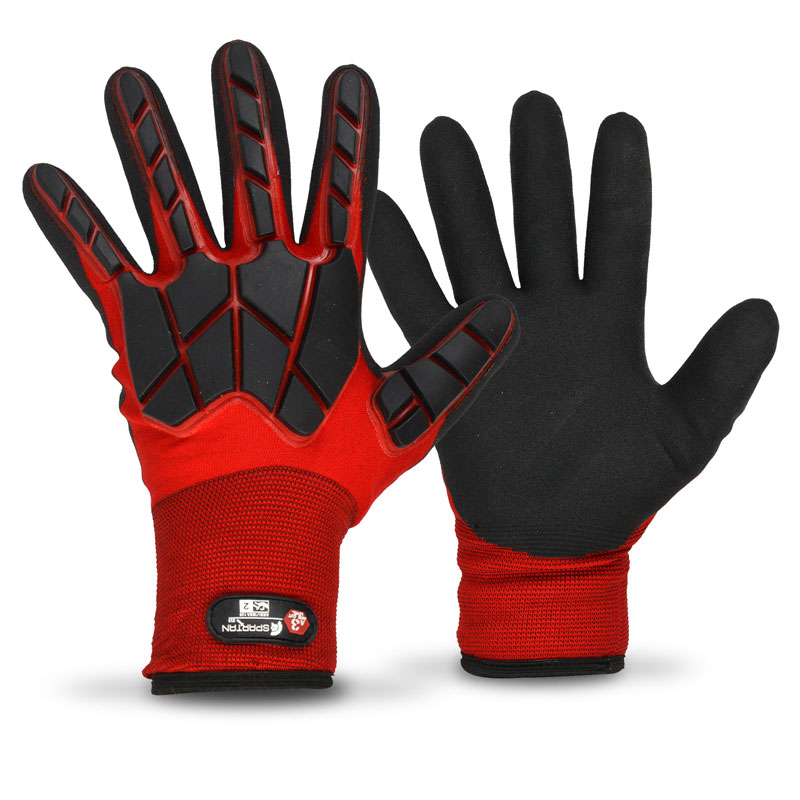Cold stress occurs by driving down the skin temperature, and eventually the internal body temperature. Increased wind speed also causes heat to leave the body more rapidly (wind chill effect). Wetness or dampness, even from body sweat, also facilitates heat loss from the body. When the body is unable to warm itself, serious cold-related illnesses and injuries may occur, and permanent tissue damage and death may result.
How Can Cold Stress be Prevented?
Although OSHA does not have a specific standard that covers working in cold environments, under the Occupational Safety and Health Act (OSH Act) of 1970, employers have a duty to protect workers from recognized hazards, including cold stress hazards, that are causing or likely to cause death or serious physical harm in the workplace.
EMPLOYERS SHOULD…
TRAIN WORKERS:
Training should include:
- How to recognize the environmental and workplace conditions that can lead to cold stress.
- The symptoms of cold stress, how to prevent cold stress, and what to do to help those who are affected.
- How to select proper clothing for cold, wet, and windy conditions.
IMPLEMENT PROTOCOLS:
- Monitor workers’ physical condition.
- Schedule frequent short breaks in warm dry areas, to allow the body to warm up.
- Schedule work during the warmest part of the day.
- Have employees work in pairs and use a buddy system.
- Provide heat controls such as radiant heaters.
Slips, trips, and falls are among the most common injuries during winter months—often resulting from ice, snow, and wet surfaces both indoors and outdoors.
Slips, Trips, and Falls in Winter Conditions
Slips, trips, and falls are among the most common injuries during winter months—often resulting from ice, snow, and wet surfaces both indoors and outdoors. Even a thin layer of ice can create hazardous walking conditions that lead to sprains, fractures, or head injuries. According to the U.S. Bureau of Labor Statistics, falls, slips, and trips caused 885 worker fatalities in 2023 and led to 450,540 cases with days away from work in 2022.
CONTRIBUTING FACTORS INCLUDE:
- Ice and compacted snow on walkways, loading docks, or parking areas.
- Wet floors at building entrances.
- Poor lighting in outdoor or transitional areas.
- Inadequate footwear traction.
PREVENTION STRATEGIES:
- Clear walkways, stairs, and parking lots promptly and apply sand or ice melt to reduce slick surfaces.
- Use clearly marked walkways and avoid shortcuts across unplowed or untreated areas.
- Encourage the use of traction aids such as ice cleats or slip-resistant overshoes when working outdoors.
- Ensure proper lighting in outdoor and entry areas to identify potential hazards.
- Install moisture-absorbing mats and “wet floor” .
- Train workers to take short, careful steps and to keep hands free to help maintain balance.
FIRST AID AND RESPONSE:
- Assess for injuries immediately—especially if the worker strikes their head or cannot bear weight.
- Seek medical attention for pain, swelling, or suspected fractures.
- Report incidents promptly to prevent recurrence and identify hazardous areas.
Hand Protection in Winter Environments
Standard work gloves may not provide the insulation, grip, or flexibility needed to perform safely in cold, wet environments. Winter gloves should strike a balance between warmth, dexterity, and durability: they keep hands protected without compromising control.
Key Considerations:
Insulation:
Look for thermal linings that trap heat without bulk, maintaining flexibility for tools and controls.
Water Resistance:
Choose coated or waterproof outer layers that keep moisture out while allowing breathability.
Grip:
Cold and wet surfaces reduce traction; select gloves with textured or rubberized palms for secure handling.
Dexterity:
For detailed tasks, consider insulated styles with pre-curved fingers or stretch materials to maintain movement.
Featured Winter Hand Protection From Truline:
Preventing Hazards Before They Form
Modern technology now offers proactive ways to eliminate winter slip hazards altogether. Heated walkway systems such as HeatTrak® mats and heated stair treads are designed to melt snow and ice continuously, keeping walking surfaces clear and dry without the need for constant shoveling or chemical treatments.
Benefits of Heated Walkway Systems:
- Immediate Prevention:
Melts snow and ice on contact, preventing buildup from the start. - Reduced Labor & Material Costs:
Minimizes the need for salt, sand, and repeated manual clearing. - Enhanced Safety:
Keeps high-traffic areas such as entryways, loading docks, and ramps consistently free from ice. - Environmentally Friendly:
Eliminates salt runoff that can damage flooring, vegetation, and surrounding ecosystems. - Flexible Installation:
Portable mats or permanent systems can be placed wherever hazards exist—stairs, entryways, or worksite pathways.
By heating walkways and stairs proactively, organizations reduce the danger of slips, trips, and falls before they happen. Safer pathways help ensure that everyone makes it home safely, even in the harshest winter weather.

Winter Solutions for Every Team
From cold stress training to winter gloves, cold protection clothing and outdoor systems like heated mats, Arbill provides comprehensive solutions to help every team stay safer through the winter season. Arbill is your partner in keeping workers protected and operations running smoothly—all winter long.
I WANT TO LEARN MORE ABOUT ARBILL’S COMPREHENSIVE APPROACH TO SAFETY!
*All fields are required.








